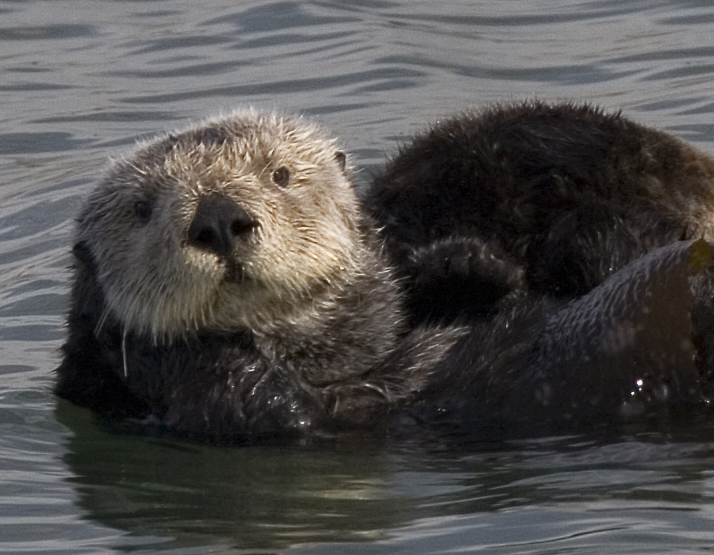

Having a home by the coast is a dream for many Americans. The number of people living near the ocean has risen from a few million in 1910 to over 37 million today and is expected to rise to close to 50 million by 2050. While this means more people may enjoy the seascape, the potential to spread infections over long distances also increases.
Human development of a coastal area leads to the increase of two important factors in disease spread. The first is a rise in the number of pathogens, both human and animal. The second is a disturbance in the natural water management capabilities of the area. This essentially means more runoff into the ocean. The combination means certain pathogens may travel great distances to cause outbreaks both in humans and even more distressing, wildlife.
One particular example of the latter occurs in otters. These beloved creatures are susceptible to a particular parasite known as Toxoplasma gondii. The protozoan is a natural inhabitant of cats meaning it should be rare in waterborne animals. Yet, over the years, there has been a rise in the incidence of this infection. While the cause of this phenomenon has been debated, the most likely answer is runoff from human land use.

Proving this theory has been relatively difficult. Detection methods for T. gondii are not designed for large scale water collection. Instead, researchers must rely on identification of the parasite after it has infected an animal such as a sea otter. Then, through genetic analyses, the origin of the pathogen can be determined.
Yet, due to the extensive area of a region, tracing may not be effective. The overall impact of these barriers means little proof exists despite all the circumstantial evidence. To resolve this issue, mathematical modelling based on collected census and wildlife data has been suggested as a means to provide perspective.
Recently, a team of American researchers undertook this task. They used modelling of T. gondii spread to provide a computational glimpse of how this pathogen may end up from cat to otter. While human activity is definitely involved, the results revealed the need for another factor: the weather.
The team examined two areas in California. The first was the range of sea otter population along the coast while the other was approximately 8500 square miles of watersheds leading to the ocean. Because of the large size of the latter, an estimation of the T. gondii shedding was calculated based on already accumulated data. Land cover statistics from 1990 to 2010 provided details on the location and size of developed areas. Census information from that same time period allowed estimation of the number of cats living in different regions.
Based on the analyses, the actual amount of land area taken up by humans increased between 80 and 150% over the 20 year period. In addition, the number of cats rose anywhere from 25 to 50%. This provided the foundation to develop a realistic estimate of the rise in T. gondii ending up in the ocean. The amount came to 44%. While this may appear to be significant, in terms of the overall area, the potential for spread to otters was considered less than optimal. Another factor had to play a role.
As runoff is intensified during rainfall events, the team decided to examine precipitation data over the same time period and determine if rainfall could account for a higher amount of the pathogen in the ocean. In other words, if the cat population had held to 1990 levels, would rain lead to a higher level of T. gondii in the ocean. The answer was yes; calculations showed a 79% increase. This meant the damage had already been done as early as 1990.
But the real shock came when the census data and rainfall statistics were combined. The increase of pathogens in the ocean rose 175% over the twenty year period. This rise could easily explain how otters could come into contact with the pathogen and end up becoming infected.
The study did have one slight hitch in that the absolute number of T. gondii sent out into the ocean could not be calculated. That would require field work posing significant burden on researchers. Not to mention, finding the parasite in the ocean is far more difficult than the proverbial needle in a haystack. Yet, the calculations do help to better understand how development of lands has impacted the environment.
Clearly, this study does offer is a glimpse into the mechanism behind the rise of T. gondii in otters and how humans have contributed to pathogen spread. Yet in terms of figuring out how to resolve this to keep otters – and by extrapolation humans and other life – safe, the answer lies in reducing the amount of runoff going into the ocean. How that can be achieved, however, is another problem in itself.
